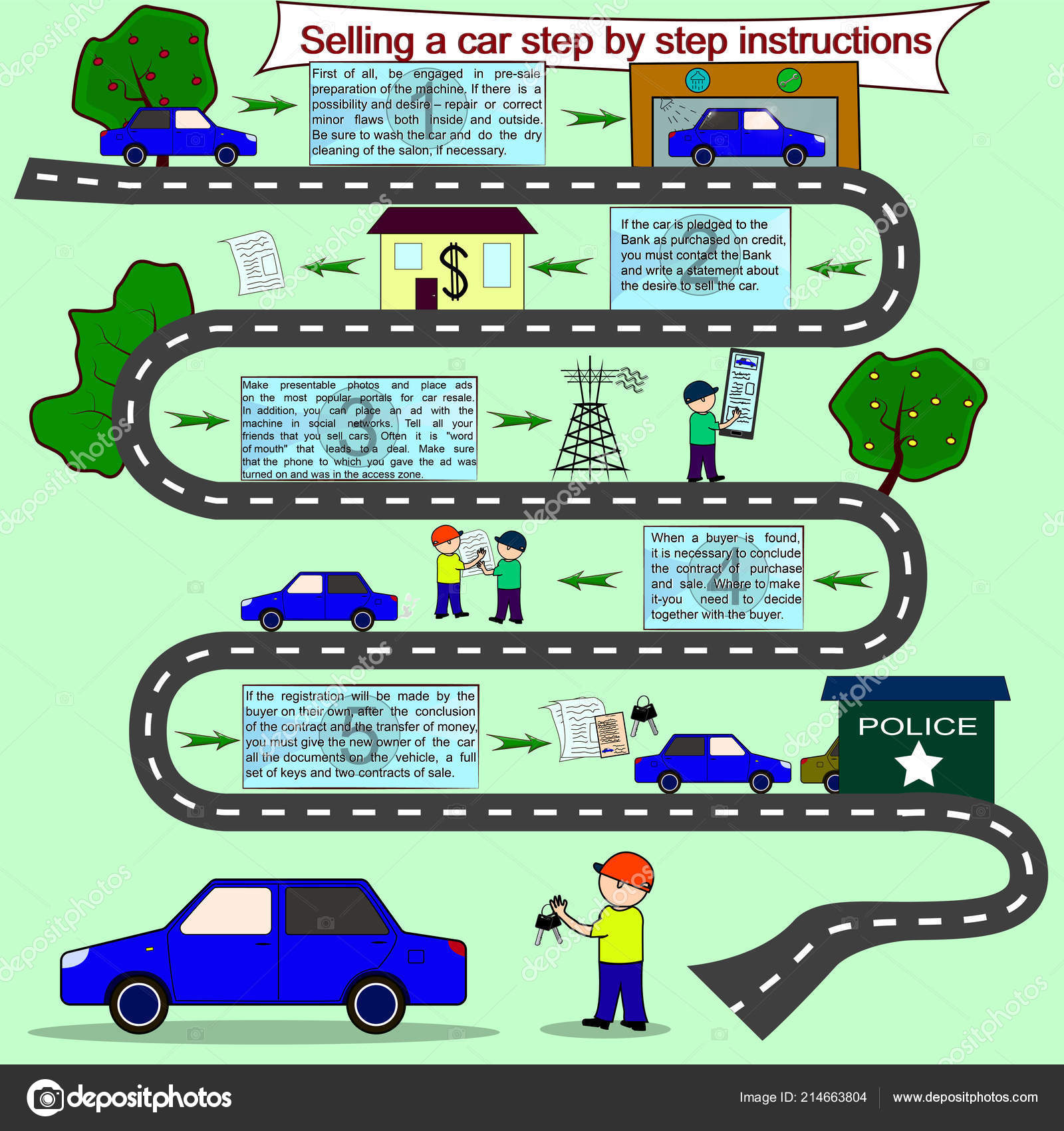Analyzing Your Auto'S Alert Lighting: Their Real Ramifications
Analyzing Your Auto'S Alert Lighting: Their Real Ramifications
Blog Article
Content Develop By-Termansen Winters
When you're behind the wheel, those radiant warning lights on your dashboard can be a bit difficult. Do you recognize what they're trying to tell you about your vehicle's health and wellness? Comprehending the importance of these lights is vital for your security and the durability of your vehicle. So, the following time among those lights appears, wouldn't you intend to decipher its message properly and take the necessary actions to address it?
Common Caution Lighting and Interpretations
Identify common warning lights in your vehicle and recognize their significances to make sure risk-free driving.
The most normal warning lights consist of the check engine light, which signals issues with the engine or exhausts system. If this light comes on, it's vital to have your automobile inspected promptly.
The oil pressure warning light suggests low oil stress, calling for prompt focus to prevent engine damage.
A flashing battery light could recommend a damaged charging system, potentially leaving you stranded otherwise resolved.
The tire stress monitoring system (TPMS) light notifies you to reduced tire stress, affecting vehicle security and gas efficiency. Disregarding this could bring about dangerous driving problems.
The abdominal muscle light indicates an issue with the anti-lock stopping system, jeopardizing your ability to quit quickly in emergencies.
Finally, the coolant temperature level cautioning light warns of engine overheating, which can result in extreme damages otherwise fixed quickly.
Understanding these typical caution lights will certainly assist you deal with issues immediately and maintain safe driving conditions.
Significance of Prompt Attention
Comprehending the typical caution lights in your vehicle is only the very first step; the relevance of immediately addressing these cautions can't be highlighted sufficient to ensure your safety when traveling.
When a warning light illuminates on your control panel, it's your cars and truck's means of interacting a prospective problem that needs attention. Overlooking mobile detailing near me can result in much more severe problems later on, compromising your safety and security and possibly costing you a lot more out of commission.
Prompt attention to warning lights can avoid break downs and mishaps. For instance, a flashing check engine light could indicate a misfire that, if left neglected, could cause damage to the catalytic converter. Resolving this quickly can save you from a pricey repair work.
In a similar way, a brake system cautioning light may signal low brake fluid or used brake pads, crucial parts for your safety when driving.
Do It Yourself Troubleshooting Tips
If you discover a caution light on your control panel, there are a few DIY fixing tips you can attempt before looking for professional aid.
The very first step is to consult your vehicle's guidebook to understand what the certain caution light shows. In some cases the problem can be as simple as a loose gas cap triggering the check engine light. Tightening the gas cap may settle the trouble.
One more common concern is a reduced battery, which can set off numerous cautioning lights. Checking the battery connections for deterioration and guaranteeing they're safe and secure may take care of the problem.
If a warning light lingers, you can try resetting it by detaching the car's battery for a couple of minutes and after that reconnecting it. Additionally, inspecting https://thepost.nz/2022/07/26/global-auto-repair-and-beauty-market-2022-2028-by-major-players-bosch-car-service-tyreplus-sure-moov-octave-anjiautobund-etc/ , such as oil, coolant, and brake fluid, can assist fix alerting lights associated with these systems.
Verdict
Finally, recognizing your car's caution lights is important for maintaining your automobile running smoothly and safely. By quickly dealing with these informs and recognizing what they indicate, you can avoid pricey repair services and possible break downs.
Remember to consult your vehicle's handbook for specific information on each warning light and act accordingly to ensure a trouble-free driving experience.
Stay informed, stay secure when traveling!
